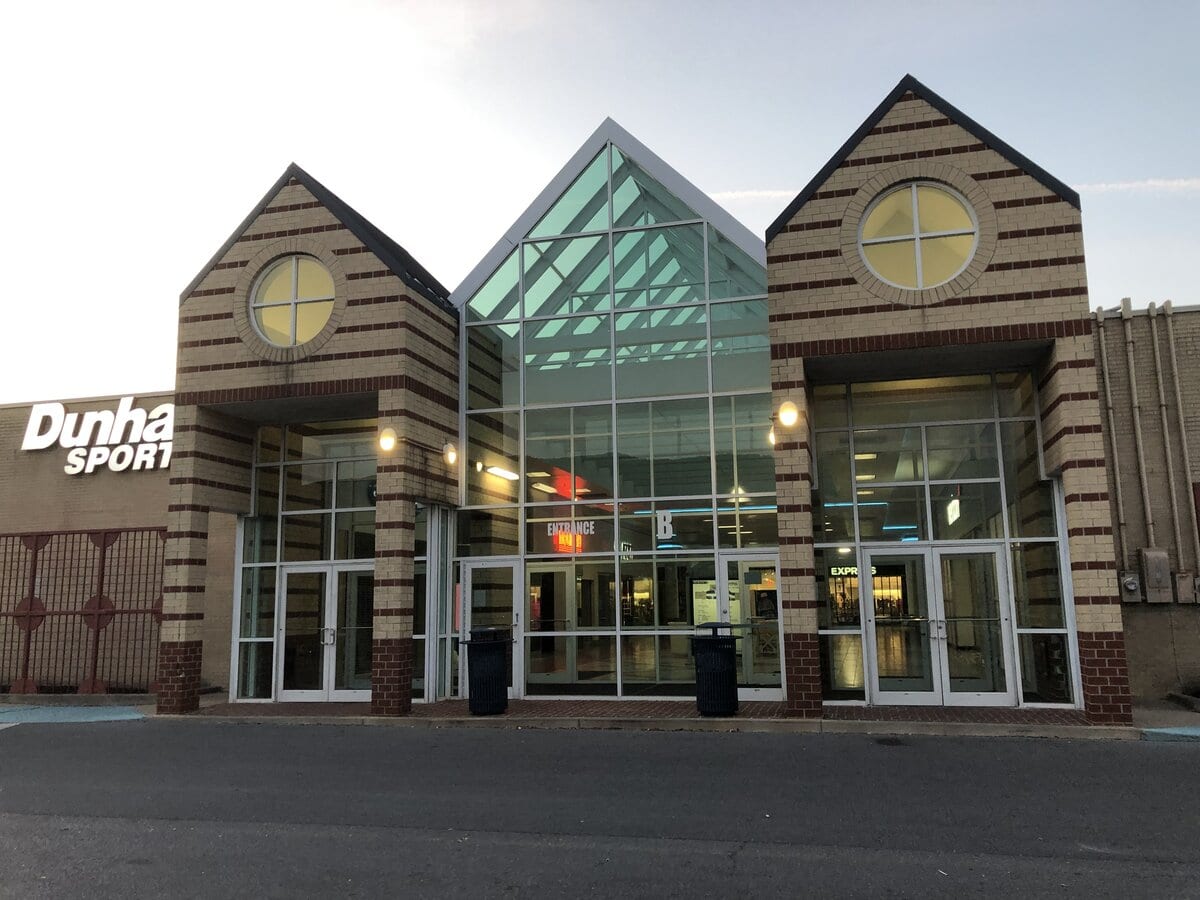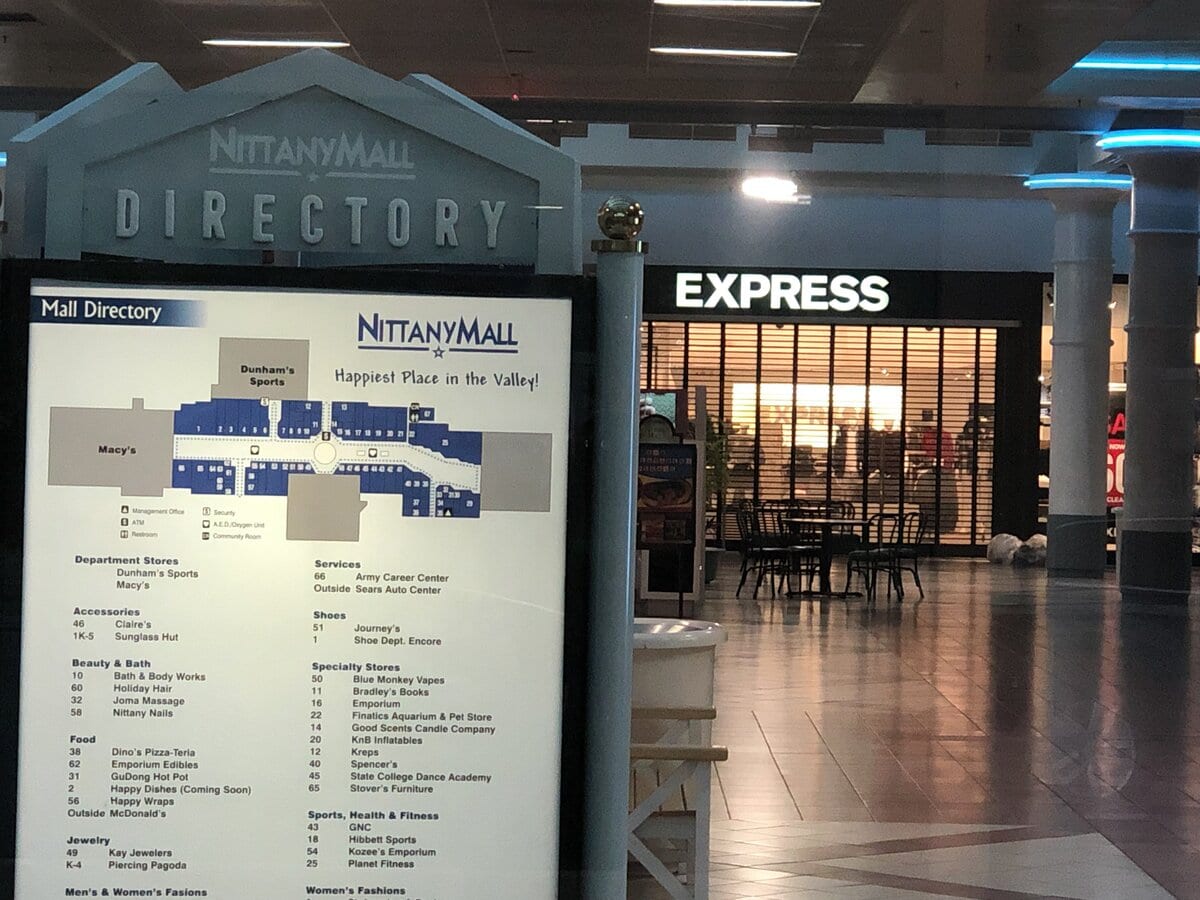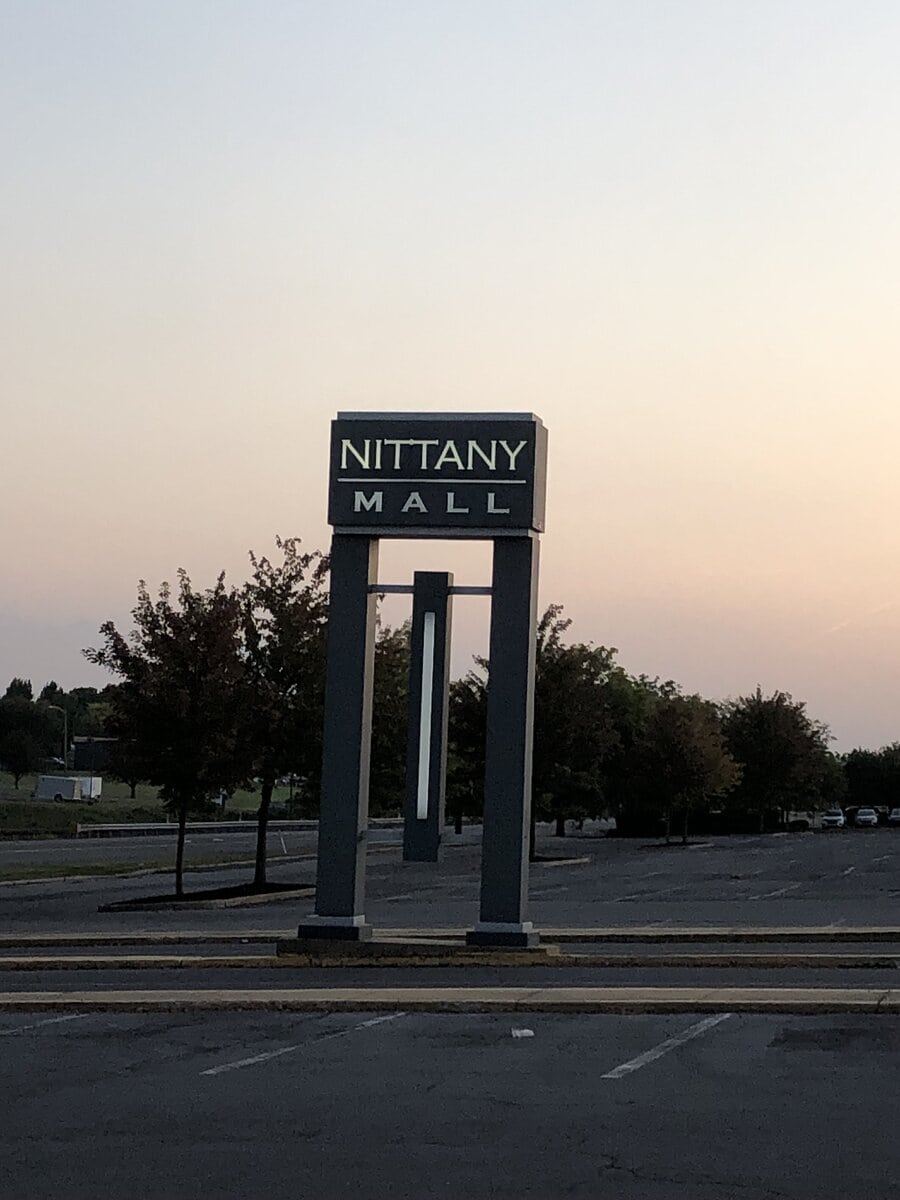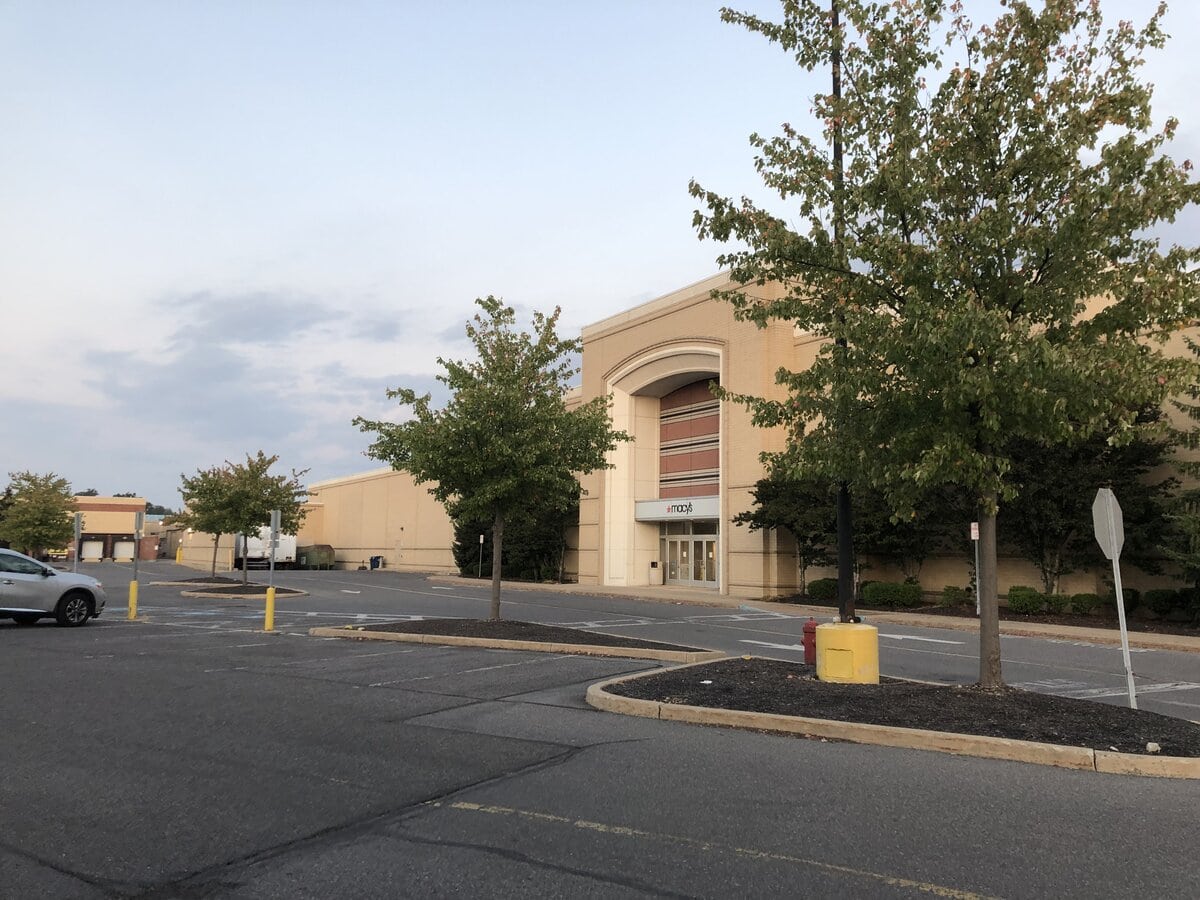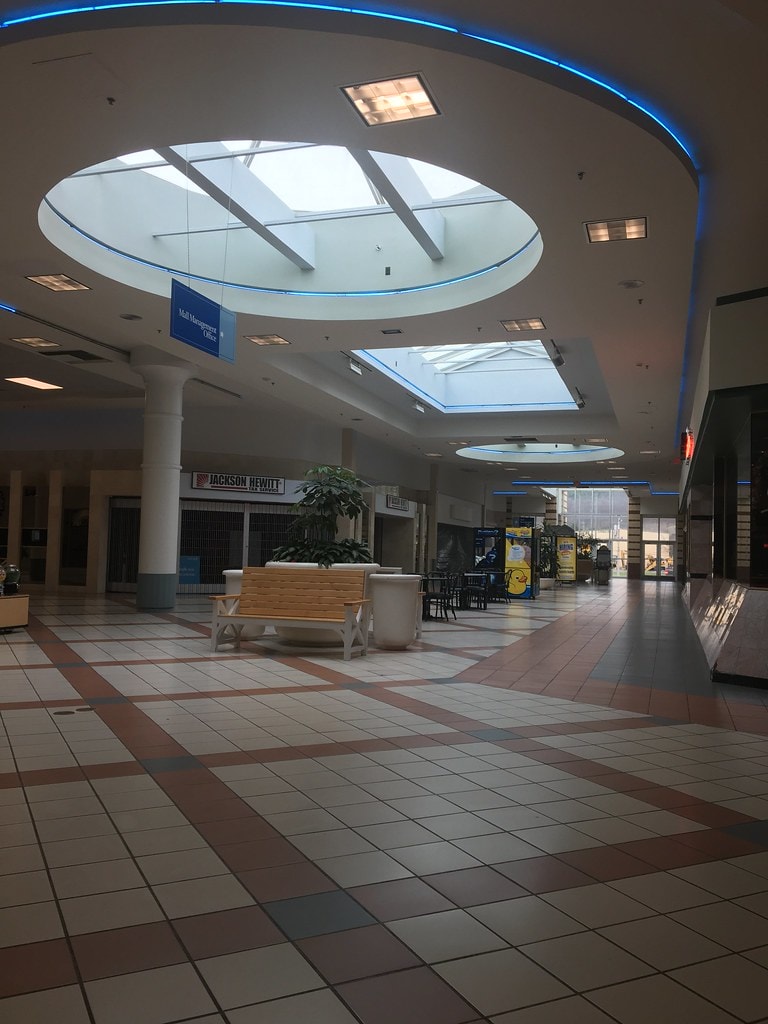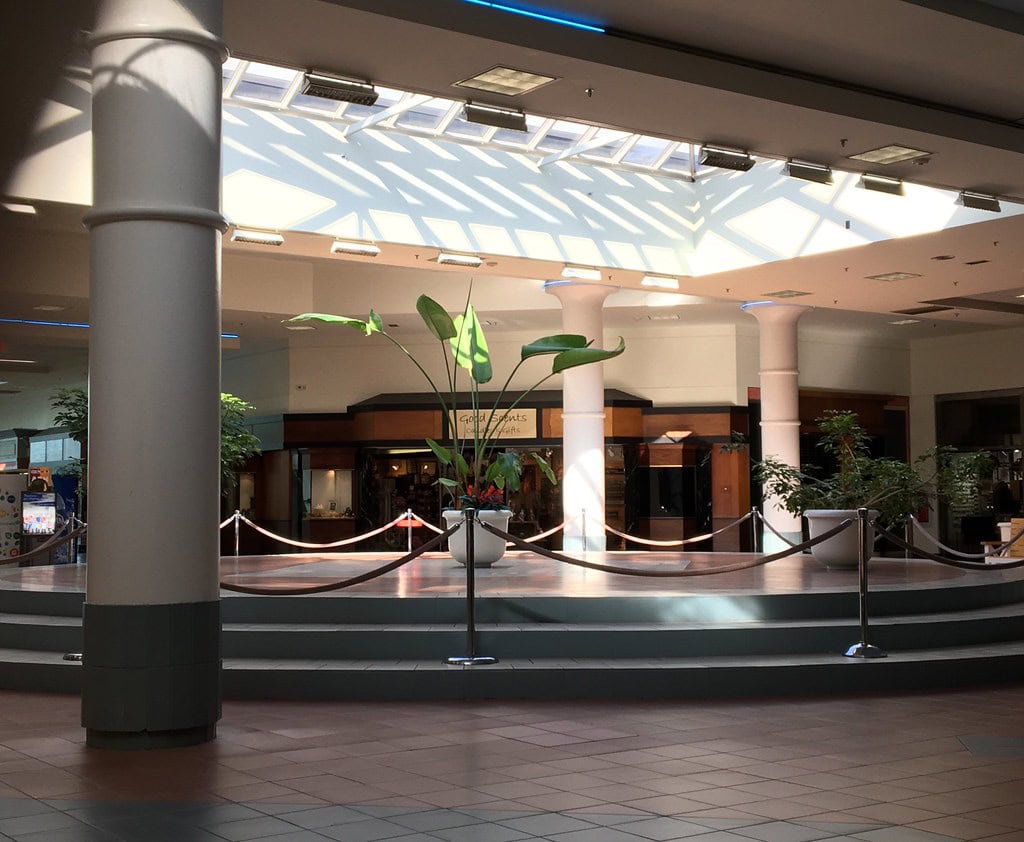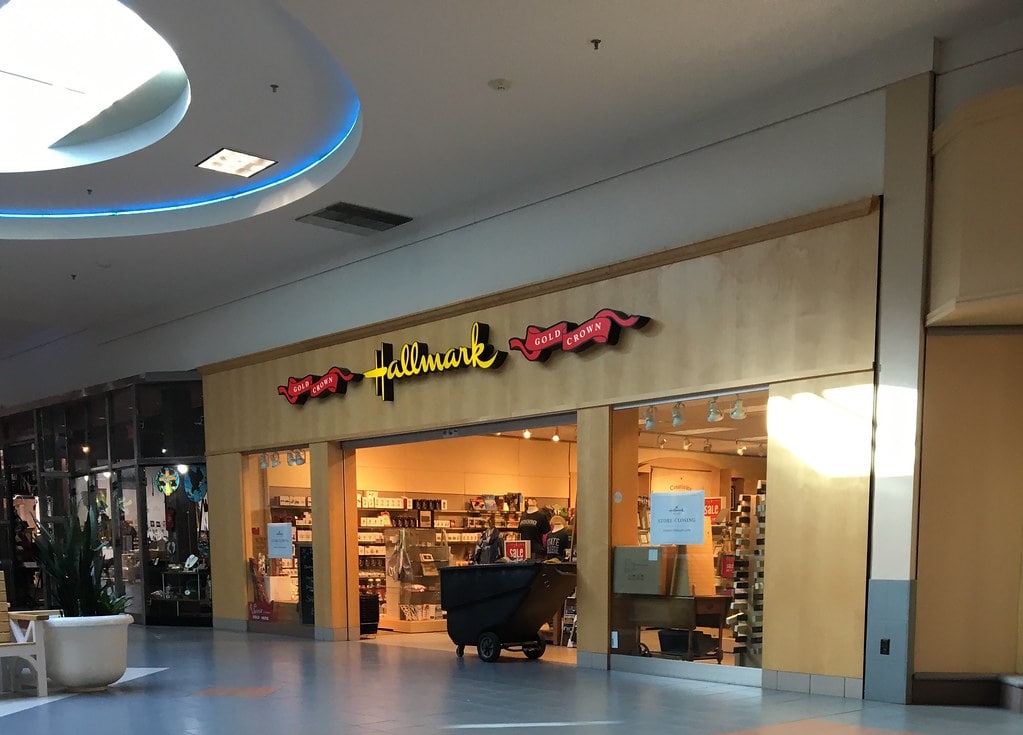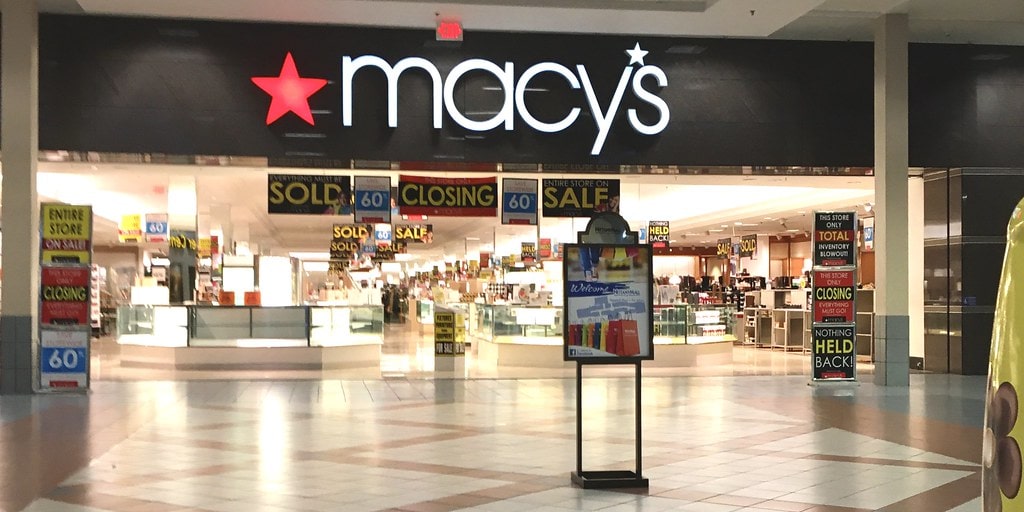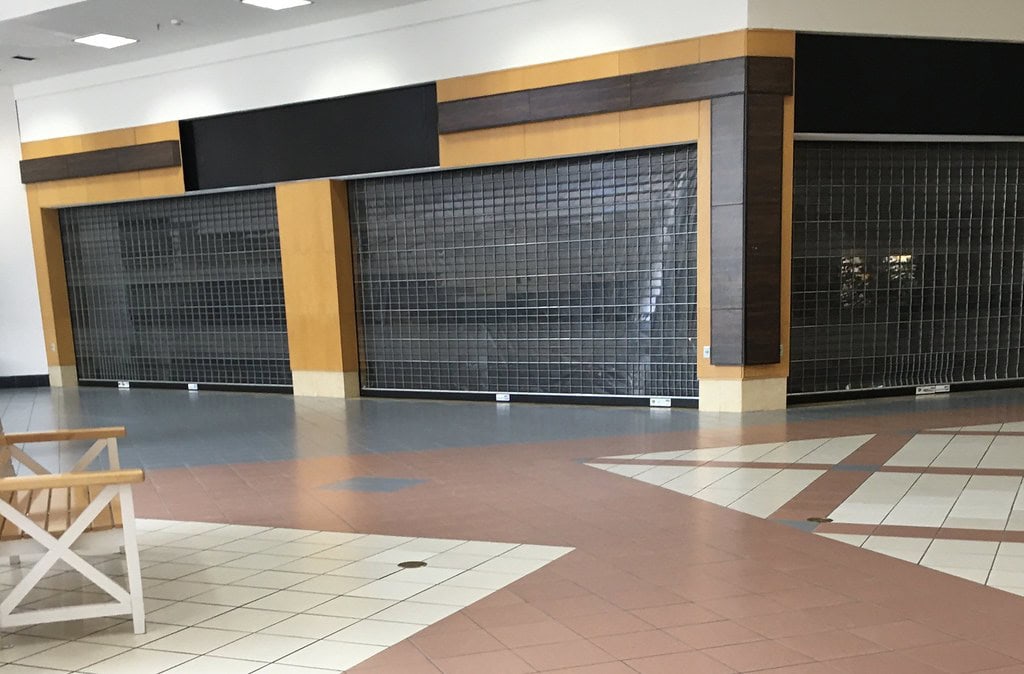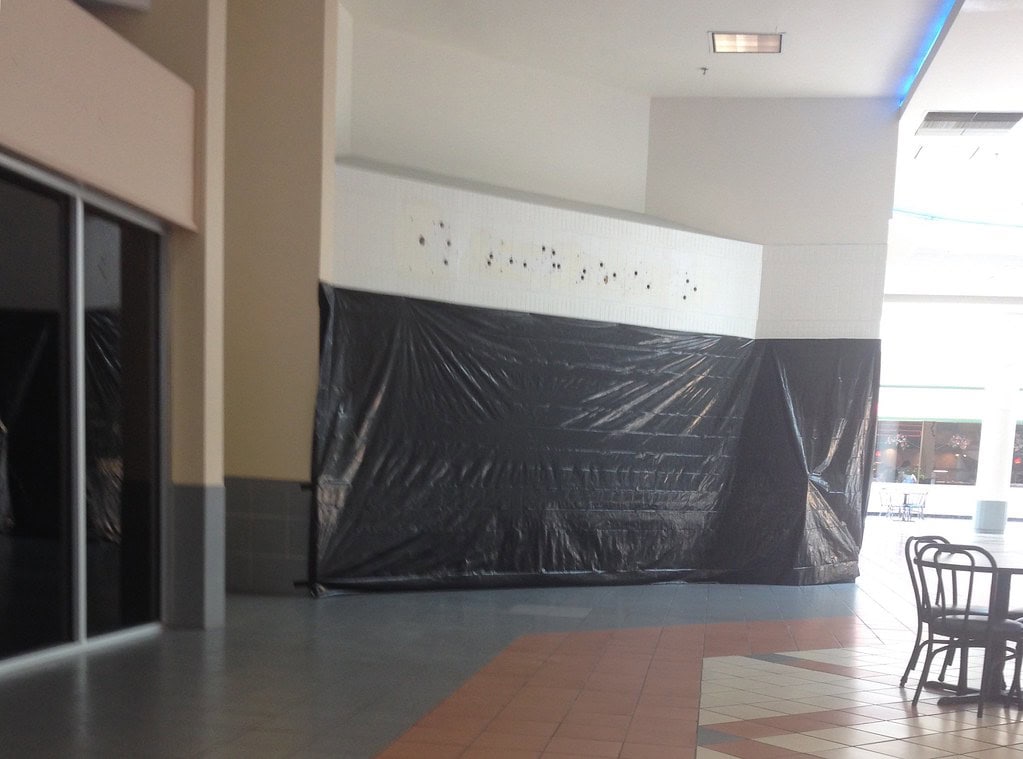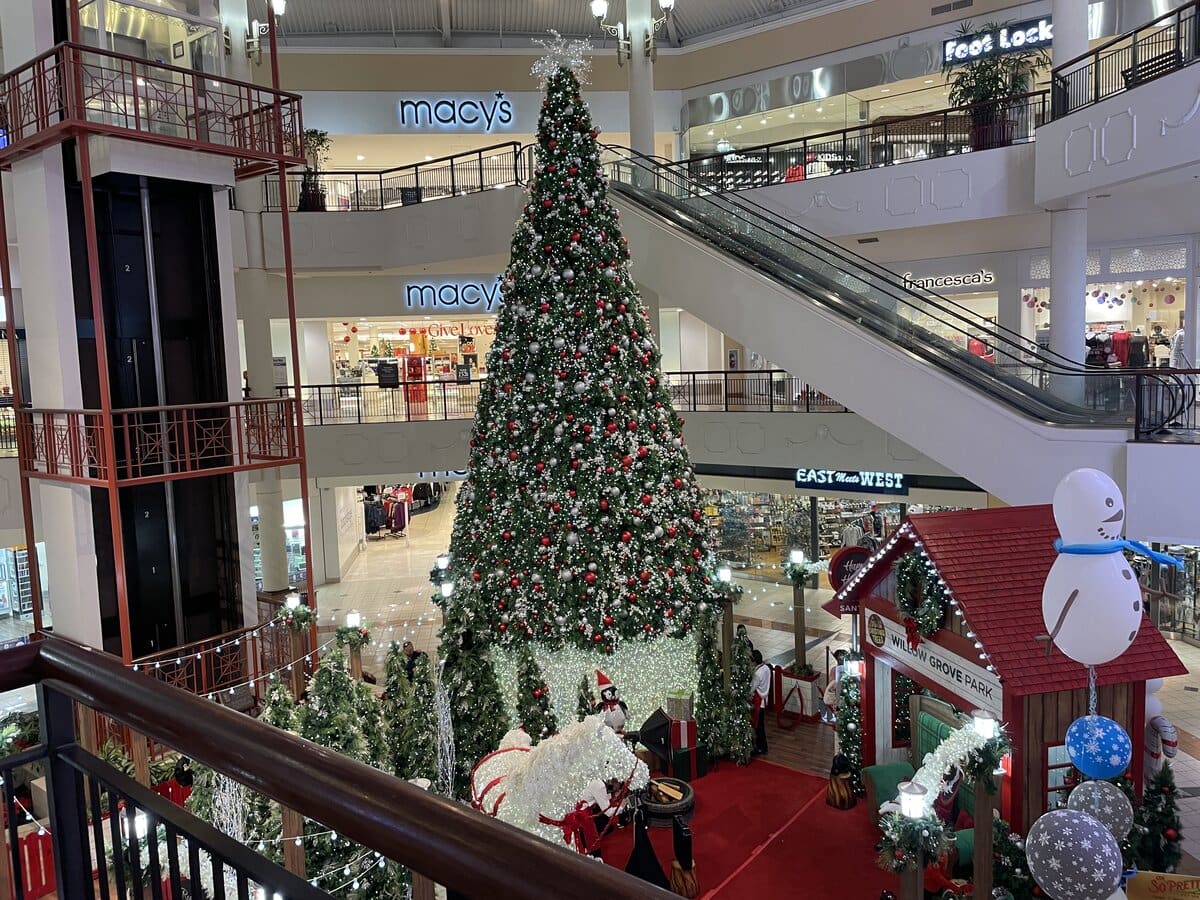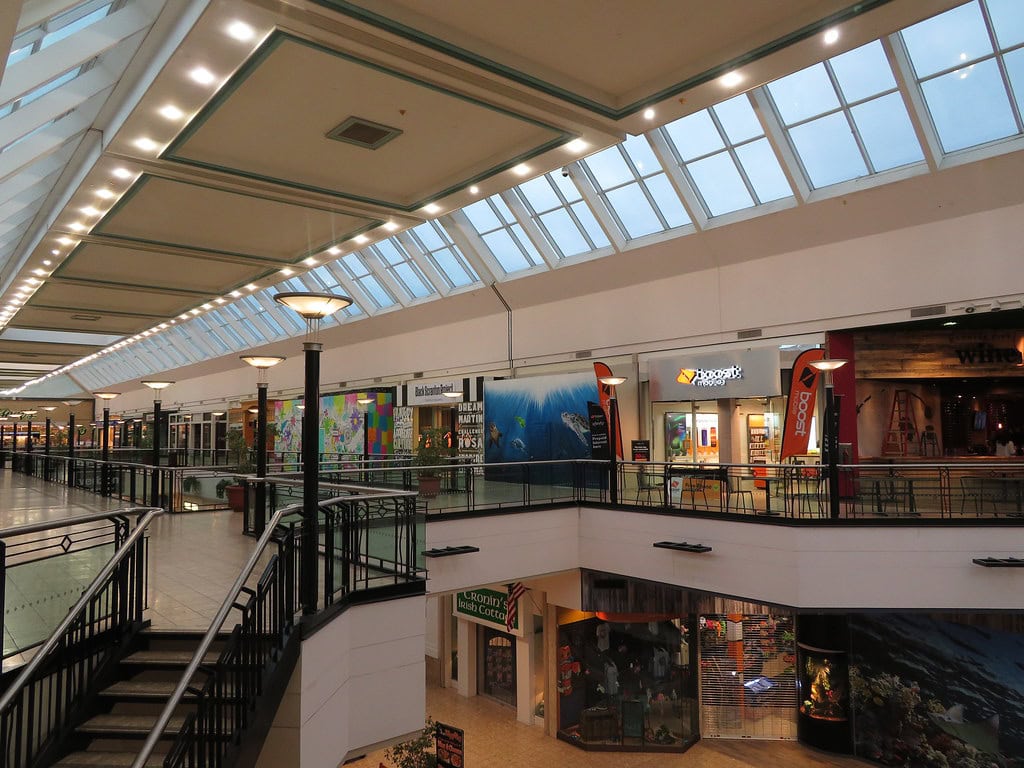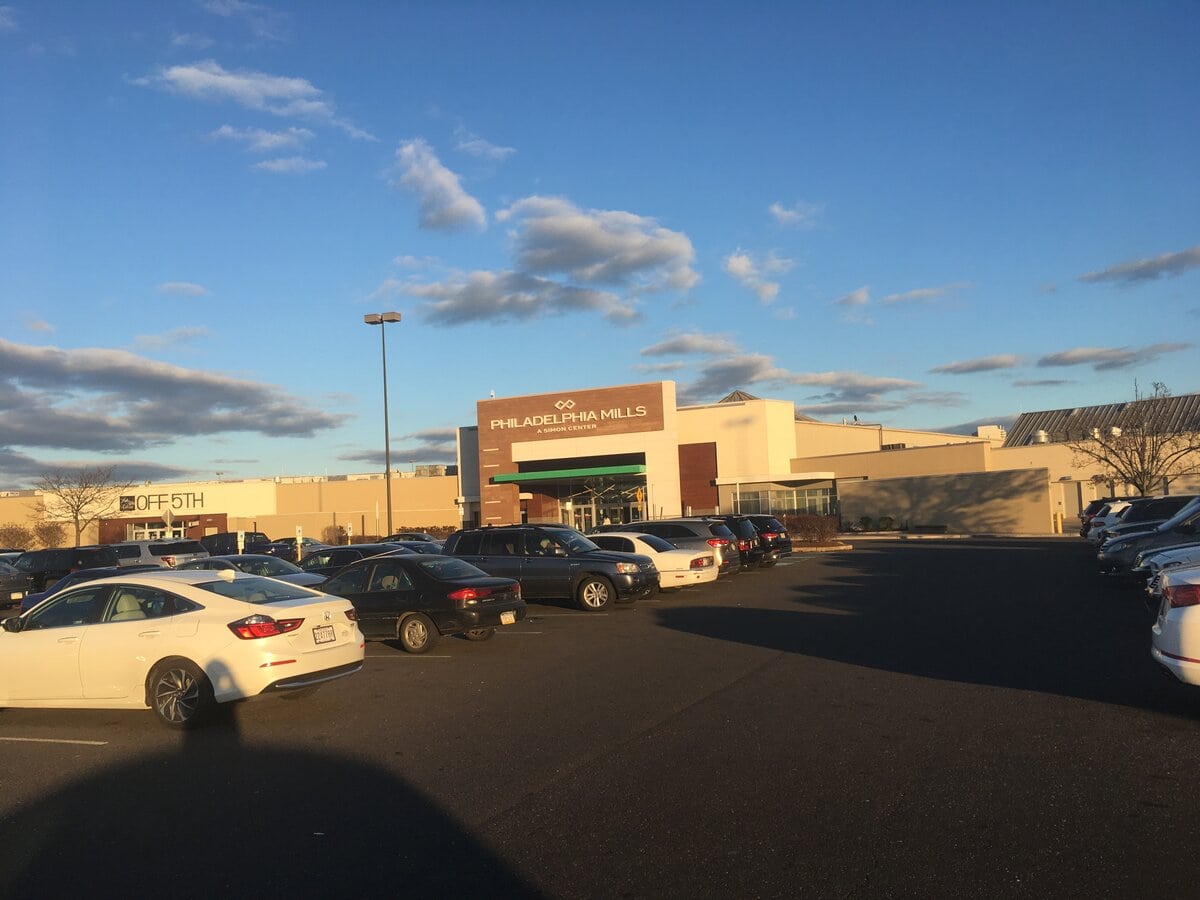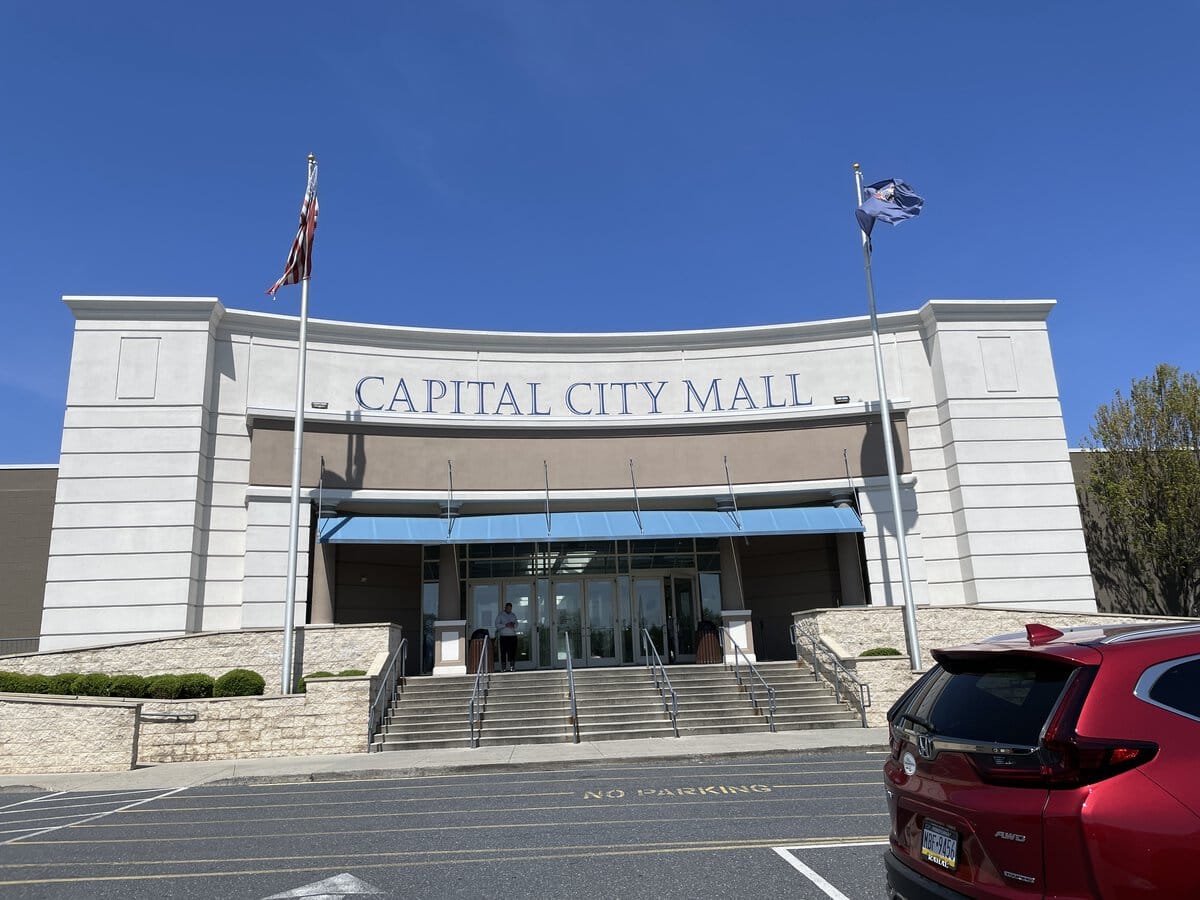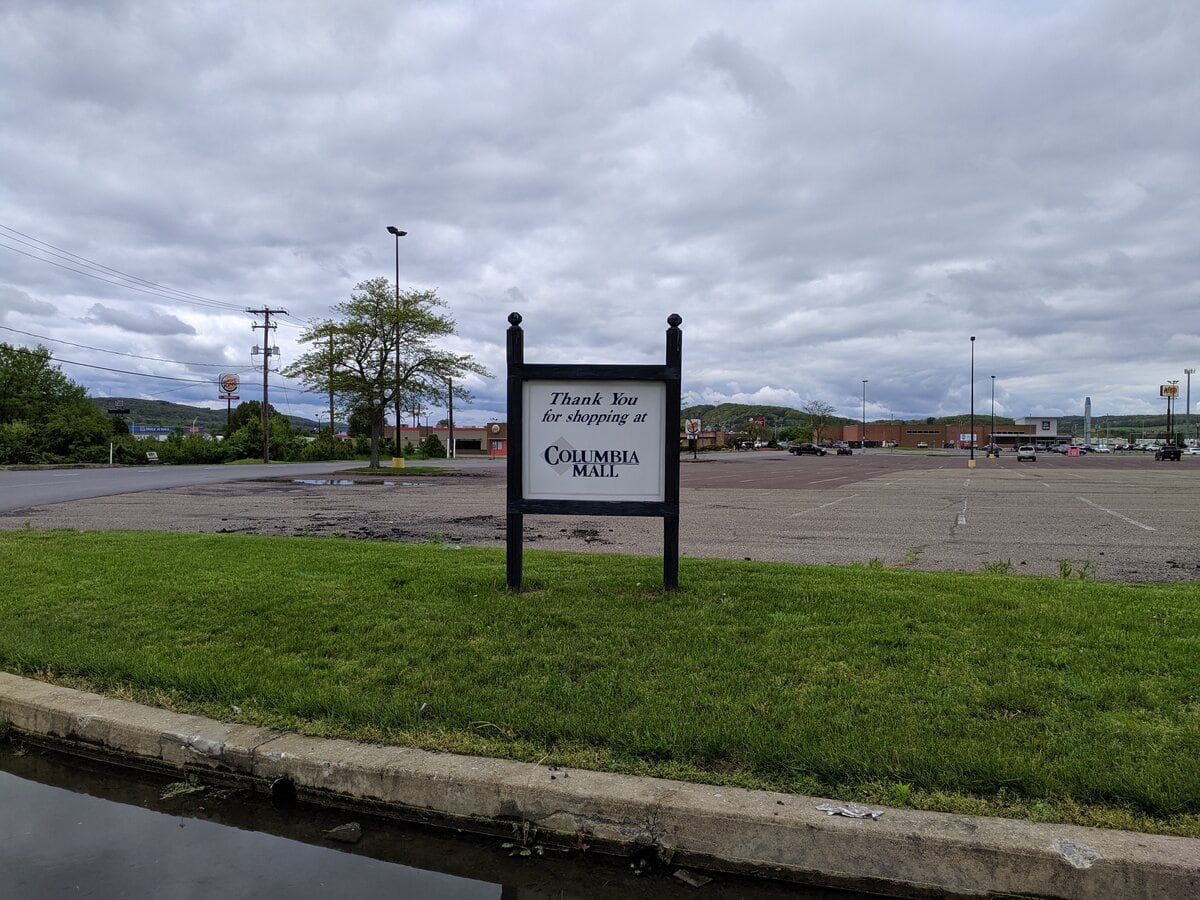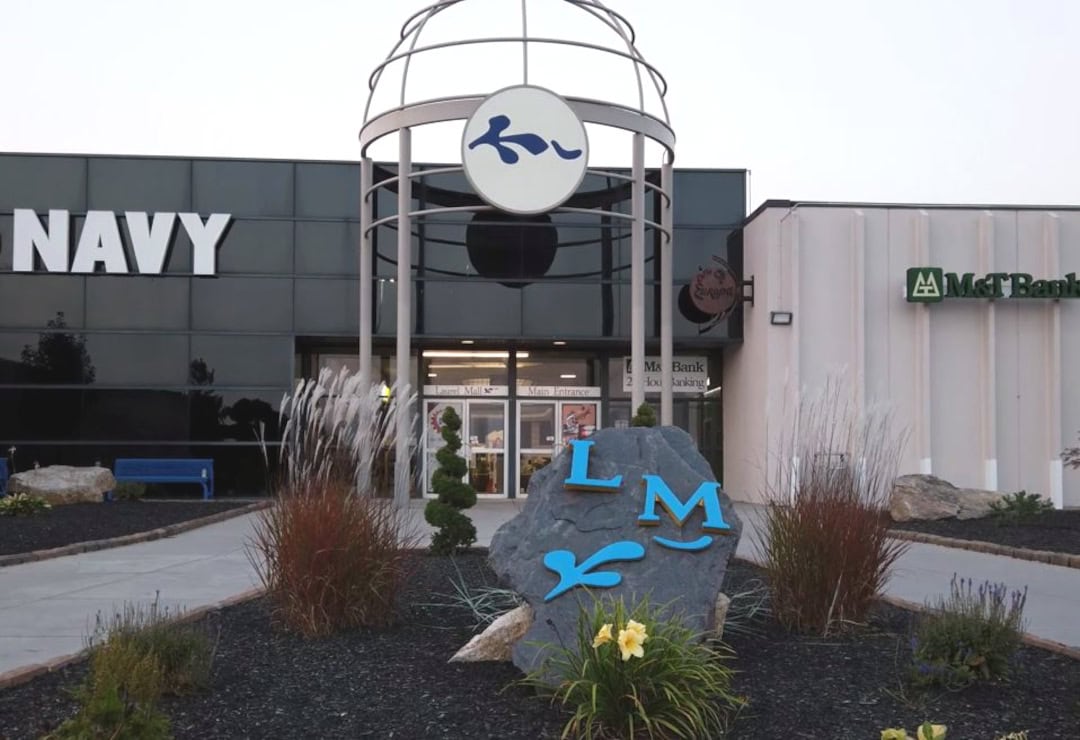Nittany Mall opens and draws a region looking for something new
Nittany Mall opened in January 1968 on East College Avenue in College Township, serving the fast-growing community surrounding State College and the nearby Penn State campus during a wave of new suburban growth.
Crown American developed the property, designing a shopping center anchored by W.T. Grant and Penn Traffic, with 30 smaller stores arranged between the two department stores.
The opening brought a full indoor retail setting within four miles of Penn State, placing a major commercial hub along the corridor connecting Routes 150 and 26 and drawing customers from across Centre County.
Sears arrives, and the map shifts in 1970
In 1970, Sears made its move into Nittany Mall, leaving its downtown State College store behind.
The new anchor opened with 45 separate departments, providing shoppers with access to clothing, appliances, and tools all in one space.
A catalog counter linked the location to the chain's national system, allowing customers to order items for pickup that were not stocked on the shelves.
Built onto the same footprint was a 10-bay automotive center, where drivers could bring their cars for service while they visited the rest of the mall.
The expansion altered the mall's shape itself.
New storefronts filled in around the Sears entrance, extending the line of tenants beyond the original floor plan.
Families who once had to split errands between different parts of town could now park in one lot and cover daily needs inside a single property.
The arrival of Sears gave the mall a third anchor and helped establish it as a regional center that drew customers from beyond the immediate State College area.
The Grants chain shut down in 1976, leaving one of Nittany Mall's original anchors empty.
That same year, Gee Bee stepped in to occupy the space, keeping the anchor slot active and bringing its discount department store format to the property.
From Penn Traffic to Hess's and a larger footprint, 1982 to 1990
By 1982, another change came to the anchor lineup.
Penn Traffic, one of the two original stores, was sold to Crown American and rebranded as Hess's.
The new banner brought a department store name already familiar to Pennsylvania shoppers, folding the space into the broader Hess's network without altering its square footage.
Seven years later, the property went through its largest project since opening.
In 1989, construction began on an expansion that introduced JCPenney as a fresh anchor.
Sears used the same project to vacate its 1970 building and relocate into a new, larger store at the east end of the mall.
The replacement doubled the retail area that Sears had previously operated, while the automotive center was situated in a free-standing building nearby.
When work finished in 1990, the mall stood with four major department stores under one roof, a footprint that would define its layout heading into the 1990s.
Anchor turnover defines the 1990s
The early 1990s opened with another round of changes.
In 1992, the Gee Bee anchor converted to Value City after the chain was acquired.
The switch kept the space active while introducing a retailer that specialized in discounted fashion and home goods.
Two years later, Hess's was phased out when The Bon-Ton took over the location in 1994, continuing department store operations in the same wing.
A bigger shift came in 1997, when Value City closed its store at the mall.
The building was torn down and replaced by a new Kaufmann's, which opened on the site before the decade closed.
Kaufmann's brought a department store brand tied to May Department Stores Company, placing the mall within a larger retail network.
In 2005, May was sold to Federated Department Stores, and a year later, the Kaufmann's store carried new signage as Macy's.
By the mid-2000s, the anchors that had once defined the property in its early years had been replaced with new chains that reflected the broader consolidation of retail.
Closures and replacements reshape the floor, 2014 to 2018
In 2014, Namdar Realty Group, a New York-based real estate company, acquired the property and assumed responsibility for leasing and operations.
By the middle of the 2010s, national chains began trimming their mall stores, and Nittany Mall was affected in quick succession.
JCPenney closed its location in 2015 as part of a company-wide cutback.
The empty space was quickly re-leased, and in March 2016, Dunham's Sports opened in the former JCPenney anchor, filling the gap with a sporting goods format.
The next closures followed close behind.
In November 2017, Sears announced it would shut its mall store after decades at the property.
The location went dark in January 2018, though its separate automotive center continued to operate for a time afterward.
That spring, The Bon-Ton also closed after the chain's liquidation, leaving another large anchor box vacant.
Within a three-year span, three of the mall's four traditional department store anchors had been replaced or gone dark, creating the largest round of turnover the property had experienced in its history.
After Macy's exit, new anchors arrive from 2020 to 2021
The decade began with another anchor loss.
On January 6, 2020, Macy's announced it would close its Nittany Mall store, with operations to end by March of that year.
The departure left the property without one of its most visible department stores, creating another large vacancy on the concourse.
Replacements arrived quickly for other empty spaces.
On March 13, 2021, Rural King opened inside the former Sears box, bringing a farm and home retailer into the mall for the first time.
That summer, on June 23, 2021, Gabe's began trading out of the former Bon-Ton space, filling another vacant anchor slot.
With Dunham's Sports still holding the former JCPenney location, the lineup of anchors had shifted from department stores to a mix of discount fashion, sporting goods, and home merchandise.
Licensing affirmed and site issues addressed, 2024
In July 2024, the Pennsylvania Supreme Court upheld a decision by the state Gaming Control Board to award SC Gaming OpCo a license for a Category 4 casino at the former Macy's site.
The ruling ended a prolonged dispute that had delayed the project, clearing the way for work to move forward inside the mall.
The legal outcome meant that the box left empty in 2020 would take on a new use, tied to the state's gaming expansion.
A separate issue unfolded on the property itself that same summer.
In August 2024, College Township approved a plan to repair a sinkhole that had opened on the mall grounds after the owner stopped remediation work.
The township took action to stabilize the site, citing the need to ensure public safety.
The decision brought municipal resources onto the property at the same time developers were preparing to convert one of the mall's largest anchors into a casino.
Both developments kept the site in focus, linking its future use with questions of oversight and infrastructure.
New partnership and visible steps toward a casino, 2025
Momentum built in 2025 as new partners and programs tied to the casino project were announced.
In March, Saratoga Casino Holdings entered into a framework agreement with SC Gaming to develop and manage the future Happy Valley Casino at the mall.
The deal provided Saratoga with a path to majority ownership once construction was completed, adding a new company to the project's structure.
Regulatory approval followed in the summer. In September, plans shifted toward staffing.
In early September, Happy Valley Casino announced it would open a 12-week Dealer School, with enrollment beginning October 1 and classes scheduled to start in December and January.
A few weeks later, College Township received a new independent impact study, measuring the casino's projected effects on the local economy and public services.
Together, the events of 2025 marked visible movement from stalled licensing battles toward preparation for opening in spring 2026.

